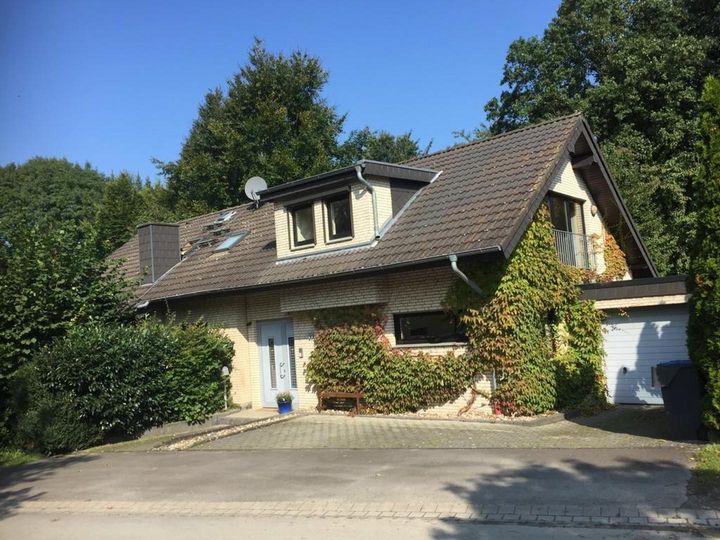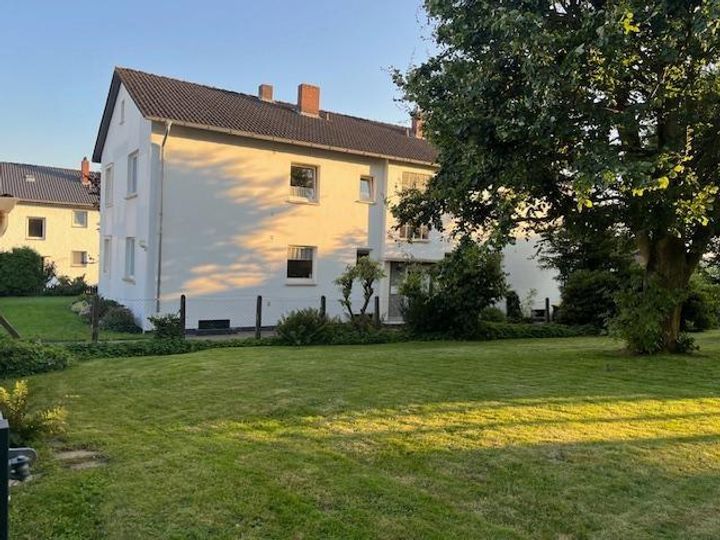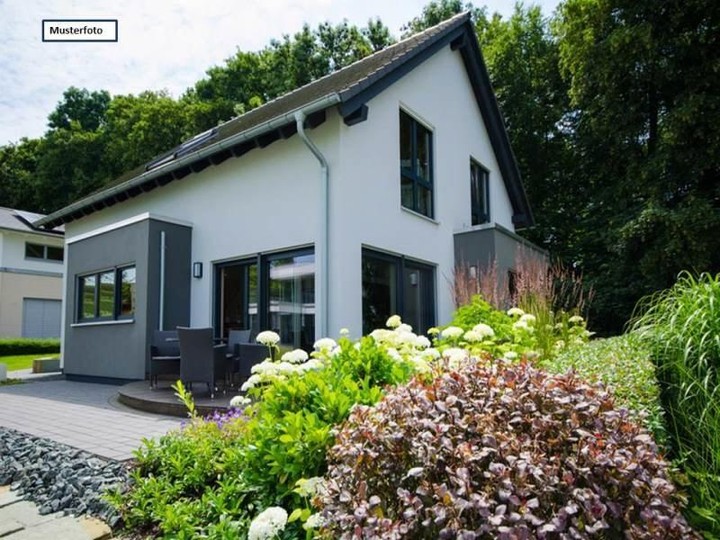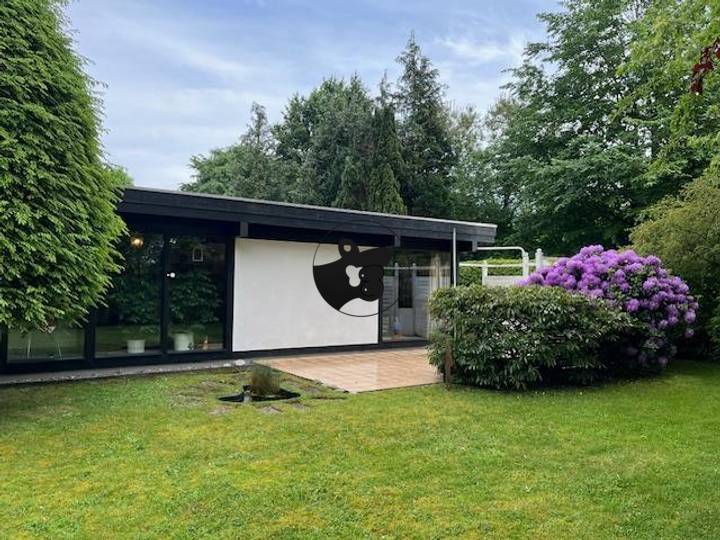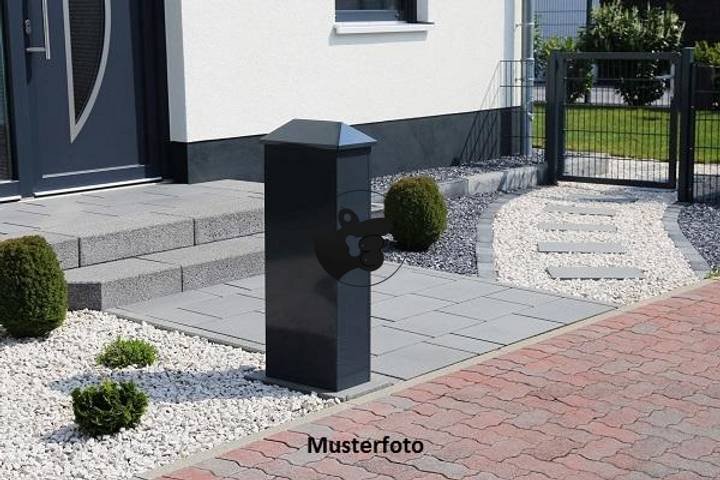Several factors influence real estate prices in Lemgo. The town's historical significance, characterized by well-preserved medieval architecture, attracts buyers interested in heritage homes, often leading to higher prices in these areas. Proximity to amenities such as schools, parks, and shopping centers also plays a crucial role; neighborhoods near the town center typically see higher demand. Infrastructure developments, including transportation links to larger cities like Bielefeld, can drive up property values as commuting options increase. Additionally, local economic conditions, such as employment rates in the diverse industries present in the region, affect buyer confidence and purchasing power. Lastly, the overall supply and demand dynamics within the market, especially in relation to new housing developments or renovations of older properties, contribute significantly to price fluctuations.
Lemgo
Location
Price Range
Any price
Price Range
Minimum
No min
Maximum
No max
Property type
Show all
Property type
Show all
House
Apartment
Building
Other
Bedrooms
Any beds
Bedrooms
Minimum
No min
Maximum
No max
Surface Range
Any surface
Surface Range
Minimum
No min
Maximum
No max
Sale type
For sale
Sale type
Show all
To rent
For sale
Location
Apartments and houses for sale in Lemgo
7 results
Recent
Lemgo insights
| Aspect | Summary |
|---|---|
| Population | 40,000 |
| Average Property Price | €2,500 per sqm |
| Rental Yield | 4.5% |
| Average Rent | €10 per sqm |
| Occupancy Rate | 92% |
| Capital Growth Rate | 3% per annum |
| Property Tax | 1.5% of property value |
| Transaction Costs | 7% (including notary and registration fees) |
| Expected ROI | 6.5% |
| Economic Growth Impact | Stable economic growth with local industry |
Lemgo FAQ
What factors influence real estate prices in Lemgo?
How have real estate prices in Lemgo changed over the past few years?
In recent years, real estate prices in Lemgo have experienced a noticeable upward trend, driven by factors such as increasing demand and limited housing supply. For example, according to local market reports, the average price for a single-family home in Lemgo rose from approximately €250,000 in 2018 to around €300,000 in 2022, marking a significant increase. This rise can be attributed to several developments in the area, including improvements in local infrastructure and an influx of residents seeking more affordable housing options compared to nearby cities like Bielefeld. Additionally, there has been growing interest in the rental market, with average rents for apartments rising from €6 to €8 per square meter over the same period, reflecting the heightened demand as more people are drawn to Lemgo’s charm and amenities. The historical character of the town, combined with its rising popularity among families and professionals, continues to shape the real estate landscape in Lemgo.
What is the average price per square meter for houses in Lemgo?
The average price per square meter for houses in Lemgo varies depending on the neighborhood and property condition. As of late 2023, prices can range from around €1,500 to €3,000 per square meter. For instance, in more sought-after locations near the city center or in proximity to schools and parks, prices tend to hover around €2,500 per square meter. Conversely, in less central areas or those that require renovations, the cost can drop to approximately €1,800 per square meter. Newer developments or modern homes with updated amenities are typically at the higher end of this spectrum. The market in Lemgo reflects both regional trends and local demand, significantly influencing varying property values throughout the town.
Are property prices in Lemgo higher in certain neighborhoods?
Property prices in Lemgo can vary significantly between neighborhoods, reflecting local amenities, historical significance, and demand. For instance, the area around the old town, with its charming half-timbered houses and proximity to cultural attractions, tends to command higher prices due to its appeal to those seeking historical character and convenience. In contrast, neighborhoods like Heiligenkirchen, which offers more spacious properties and a suburban feel, may have lower average prices, attracting families looking for larger homes and green spaces. Similarly, areas adjacent to parks or near schools often see increased interest, driving up property values. Conversely, areas further from the city center or lacking in local facilities may experience stagnation in prices, illustrating the impact of location on the real estate market in Lemgo.
How do local amenities affect real estate prices in Lemgo?
Local amenities in Lemgo play a significant role in shaping real estate prices. Proximity to schools, such as the Lemgo primary and secondary schools, often leads to higher property values, as families prioritize access to quality education. Additionally, the presence of parks and recreational facilities, like the beautiful Stadtpark, enhances the desirability of certain neighborhoods, contributing to increased demand and higher prices. Retail options, including local shops and supermarkets, impact convenience for residents, with areas near the town's market square generally experiencing a price boost. Furthermore, access to public transportation, especially connections to nearby cities like Bielefeld, influences homebuyers' choices, as commuting ease can drive up real estate values in particularly well-connected parts of Lemgo.
What is the price range for apartments in Lemgo?
In Lemgo, the price range for apartments varies based on size, location, and condition. Generally, you can expect to pay between €6 to €10 per square meter for rental apartments. For example, a one-bedroom apartment in the city center typically costs around €400 to €600 per month, while larger two-bedroom apartments may range from €600 to €900. For those looking to purchase, prices for properties can fall between €1,500 to €2,500 per square meter, depending on the area and amenities. For instance, a newly renovated three-bedroom apartment in a desirable neighborhood could be listed for about €250,000, while older properties might go for significantly less, around €150,000 to €200,000.
Are there any seasonal trends in real estate prices in Lemgo?
In Lemgo, real estate prices tend to exhibit seasonal trends, influenced by various factors throughout the year. Typically, the spring and early summer months see an uptick in activity, as many buyers prefer to move during this period to avoid disruptions to their families' schooling. During this time, properties that offer family-friendly amenities or proximity to schools often see increased demand, which can drive prices higher. Conversely, the winter months tend to be slower, leading to potential price reductions or more negotiations on properties as sellers become eager to offload before the end of the year. Historical data reveals that certain neighborhoods, such as the city center or areas near the historic sites, maintain relative value and might not experience as significant fluctuations, while more suburban areas may reflect sharper seasonal variations. In some years, local events or economic shifts can further influence these patterns, contributing to fluctuating values in different seasons.



